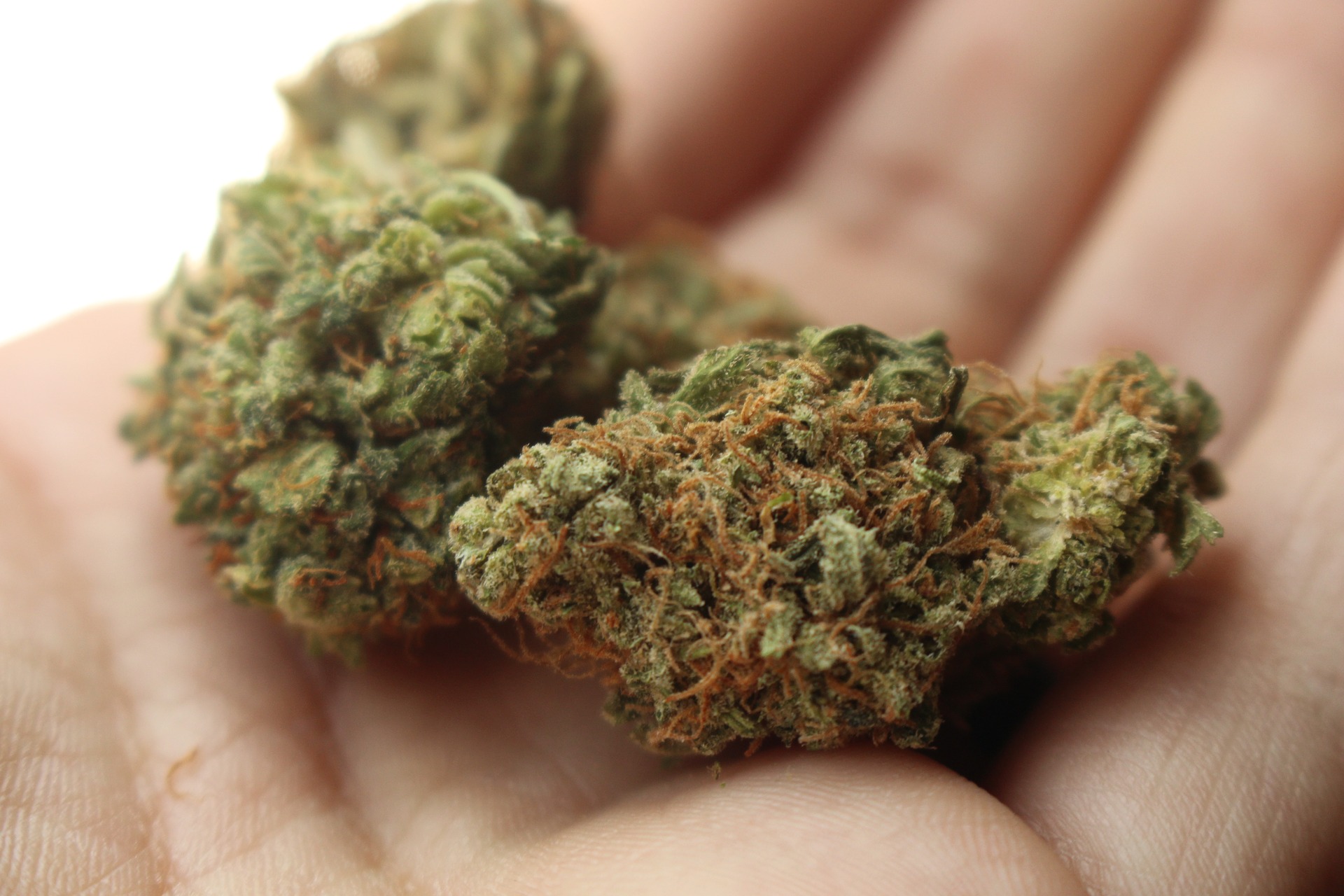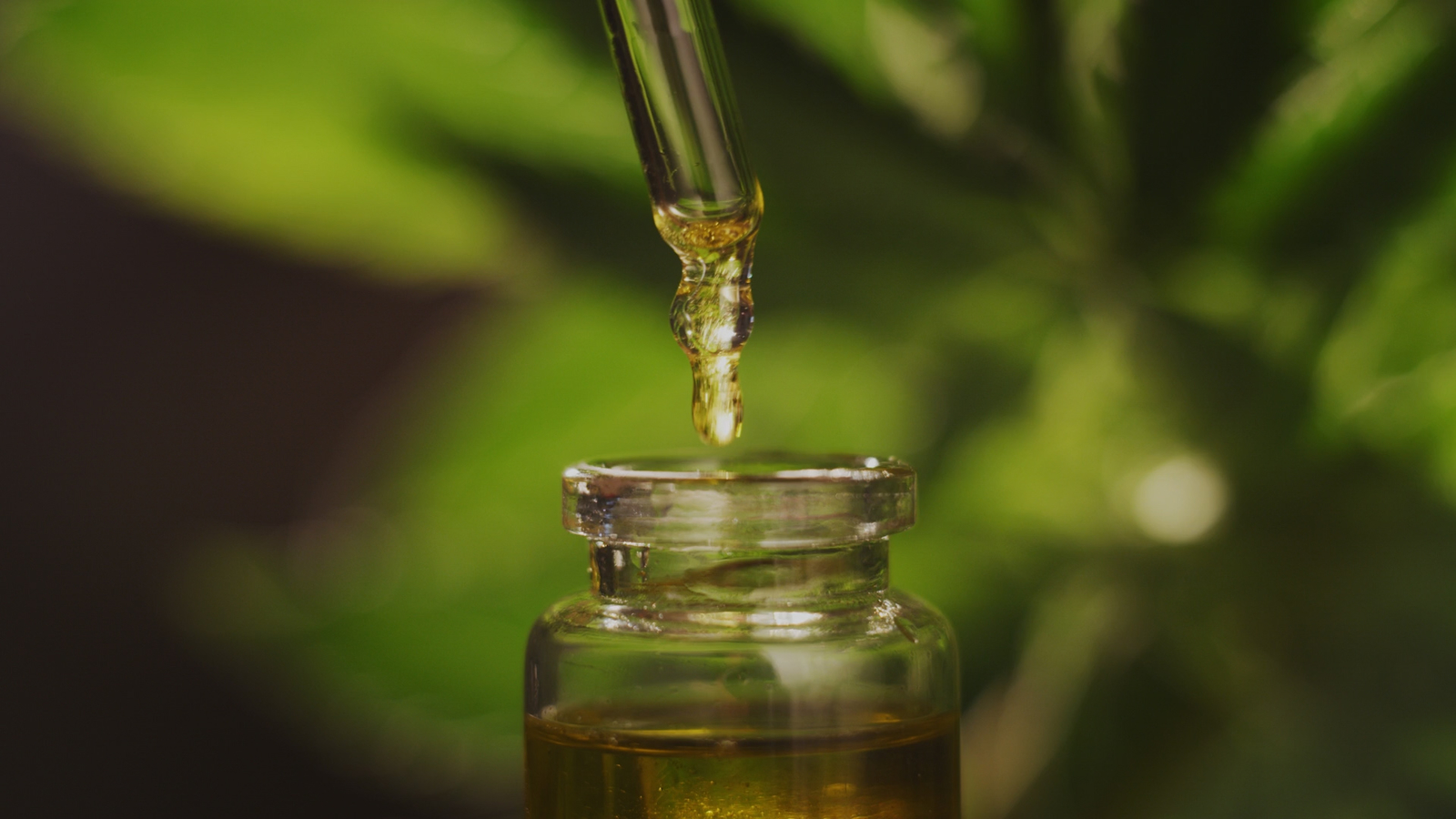News
Exploring the Physical Characteristics of Cannabis Plants: how cannabis looks like
What Is Cannabis and how cannabis look like

The cannabis plant yields marijuana, which is sometimes referred to as weed, pot, grass, or ganja. With trichomes or microscopic hairs, growing on the stems and leaves, the cannabis plant appears verdant and leafy. Both the cassava and the okra plants are related to the cannabis plant.
The psychoactive ingredient THC is found in cannabis, a flowering plant. When people use marijuana, they frequently want the intoxication effects caused by this substance.
The cannabis plant’s leaves and blossoms must first be dried before consumption. This produces clusters that are black and greenish-gray. Marijuana can be consumed in other ways or smoked once it has dried.
Most people smoke cannabis in a pipe or as a cigarette. It can also be baked into food to be taken orally.
How Does a Cannabis Plant Appear?
Cannabis plants are distinct, with tall, green leaves that are covered in tiny spines. These leaves, which are often up to two feet long, have a serrated edge that adds to the plant’s unique look. These big, thin leaves are supported by a stalk that is normally green but can also be brown or purple on occasion. The plant’s attractiveness is enhanced by clusters of tiny, vivid blossoms that range in color from purple and orange to green and yellow.
Physical attributes Taste and Smell
It is impossible to miss the distinct fragrance of marijuana, which is regarded as sweet and earthy with a hint of potency. However, depending on the strain, the aroma might differ greatly. Similar to other popular plants, marijuana is known for its wide range of flavors. Depending on the strain and cultivation circumstances, flavors can include citrus, berries, and vanilla.Vibrance
One of the most important signs of a marijuana plant’s qualities is its color. Green leaves contain a lot of THC, the psychoactive ingredient in marijuana. Brown, orange, and yellow leaves have different functions and have less THC. Purple or crimson leaf plants are usually ornamental plants, not food plants.
How a Cannabis Plant Appearances Throughout Its Life

Every stage of the marijuana plant’s growth cycle is marked by unique alterations. As seeds germinate, they become glossy brown objects that lay the groundwork for the fragile seedling stage, which is distinguished by distinctive leaves. The plant grows rapidly when it enters the vegetative stage, and the pre-flowering stage becomes critical for determining sex. The flowering stage brings about organic color changes that signal when the crop is ready for harvest. Lastly, the harvesting step highlights the plant’s changing qualities during its growth stages by emphasizing strategic pruning for ideal drying and optional curing.
Proliferating
Marijuana seeds develop into glossy, brown specimens during germination. I suggest keeping the cannabis seeds in a damp, dark place at this point to get the most out of them. This will promote the growth of cotyledon leaves and a root, or radicle. Blue Dream cannabis buds are an excellent choice for this. Unlike regular marijuana leaves, these collect solar energy to signal the start of the seedling stage.
Plant seed
The delicate seedling stage needs wet soil, moderate humidity, and 18 to 24 hours of sunshine. The plant starts to produce traditional marijuana leaves with serrated edges, and as it expands, more leaf fingers sprout. Sturdy seedlings have dense foliage, small stature, and bright green leaves. I suggest keeping an eye on your plant at the start and end of the day to see if it is exhibiting these traits.
Plant-based
The plant grows additional leaves, nodes, and branches as it moves into the vegetative stage. This stage may involve topping and training; for plants like Super Lemon Haze, I suggest employing the topping approach most effectively. Increased water, warm weather, and nutrients high in nitrogen and potassium speed up the plant’s growth. Indica plants are thicker and shorter than Sativa plants, which are lean and have fewer leaves.
Before Falling
Sex can be determined during the 7–14 day pre-flowering period. Male plants display pollen sacs on their buds, whereas female plants have pistils. Both reproductive organs are present in hermaphrodite plants. I strongly advise you to proceed with extreme caution when identifying and eliminating male and hermie plants to avoid unintentional pollination.
Blooming
Naturally, flowering starts when there are less than 12 hours of light every day. Harvest preparation is indicated by the hues of the trichomes and pistils. Amber, milky, opaque, and transparent trichomes indicate a higher ratio of THC to CBD. Successful flowering in outdoor gardening is dependent on blooming nutrients, moderate humidity, and warm weather. Similar outcomes can be achieved indoors by maintaining the proper humidity, temperature (between 50 and 55 degrees Fahrenheit), and lighting (between 300 and 400-watt bulbs). The ideal plants for this kind of cultivation are White Widow and Wedding Cake.
Gathering
Cutting the plant into smaller branches so that it can dry is called harvesting. In a cold, dark room, hanging the branches upside down inhibits the growth of bacteria and fungi. The methods of drying and optional curing help to preserve cannabis while improving its flavor and burn quality. I suggest keeping a controlled humidity level between 40% and 50% during the drying step for an extra personal touch. By taking this care, unwanted microbial growth is avoided and smoking is made smoother and more pleasurable.
Cannabis (THC) and CBD Differ From One Another
Most likely, you’ve heard about CBD. It has been incredibly popular in the last few years. One of the two main substances in marijuana is cannabidiol (CBD); the other is tetrahydrocannabinol (THC). Though they share the same plant, people occasionally confuse them, they are not the same. Since CBD is non-psychoactive, it won’t make you feel “high.” Numerous health advantages, including anti-inflammatory and anti-anxiety effects, have been demonstrated. The most popular form of CBD is an oil that may be used topically or consumed. THC, a psychoactive component present in marijuana, is also utilized medicinally, but it also gives users a “high.”
The Short History of Cannabis
Around 500 B.C., marijuana was found in Central Asia. The Spanish brought marijuana to the Americas around the middle of the fifteenth century. In the past, people did not view marijuana as a drug but rather as a herbal remedy. Doctors’ offices and pharmacies sold cannabis in the 1800s as a remedy for gastrointestinal issues and other ailments. The Food and Drug Act mandated the inclusion of a content label on products containing cannabis at the beginning of the 20th century. Over the following few decades, marijuana laws and limitations kept emerging. However, the Controlled Substances Act, which designated marijuana as a Schedule I substance, was not passed by Congress until 1970.
What is the duration of cannabis’s systemic effects?

Like most medications, marijuana has a variable half-life in the body depending on several circumstances. The following are a few factors that influence how long marijuana remains in the system:
THC content of the marijuana consumed
How hydrated are you?
Your rate of metabolism
How often do you smoke marijuana?
Testing for marijuana can be done in a variety of methods. A blood test can only reveal marijuana usage within the last 36 hours, however, hair samples can usually identify any use during the last 90 days. Testing for marijuana also frequently involves urine samples. Depending on the amount used, urine testing can identify marijuana usage anywhere from three to thirty days after consumption.
References:
Ivan Morales.Jan. 22, 2024.What Does a Marijuana Plant Look Like at Each Growing Stage [URL]
Footprints to Recovery. (n.d.).What Does Marijuana Look Like? And Other Facts About Marijuana [URL]
Accessed,April. 30, 2024.


